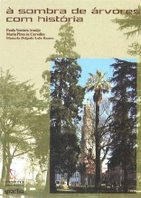"Summary of plum painting phrased for memorizing by chanting"
.
«There are certains secrets in painting the plum tree. First, establish the idea (i). Brush should be nimble, inspired with a certain madness. The hand should move like lightning, without hesitation. Branches should spread, some straight, some crooked. Ink tones should be varied, light and dark, and never retraced. (...)
Space should be left on branches for adding the blossoms. When they are added, the soul of the flower should seem to be intact. On young branches, blossoms are single and separate. On old branches, blossoms are few. On branches that are neither young nor old, the idea (i) transmitted through the blossoms should be one of luxuriant abundance. (...)
The flowers of the plum tree have eight "faces": straight, side view, facing upward, inclined, open, droppig, half-opened, and about to shed its petals. When the petals are awry and the flowers are bending over, the wind is blowing through the branches. When there are many blossoms, they should not be crowded; few, they should not be sparse. Plum blossoms are subtly fragrant, their complexion pure as jade. (...)
With these basic rules and principles in mind, one should be able to produce strange and wonderful forms. Invention does not stop the idea, although one should always keep in mind the dignity of the plum tree and what is appropriate to it.»





1 comentário :
?E deve-se ter sempre presente a dignidade da cerejeira e o que é apropriado para ela?
O que o trabalho e a contemplação da árvore origina! Belo.
Enviar um comentário